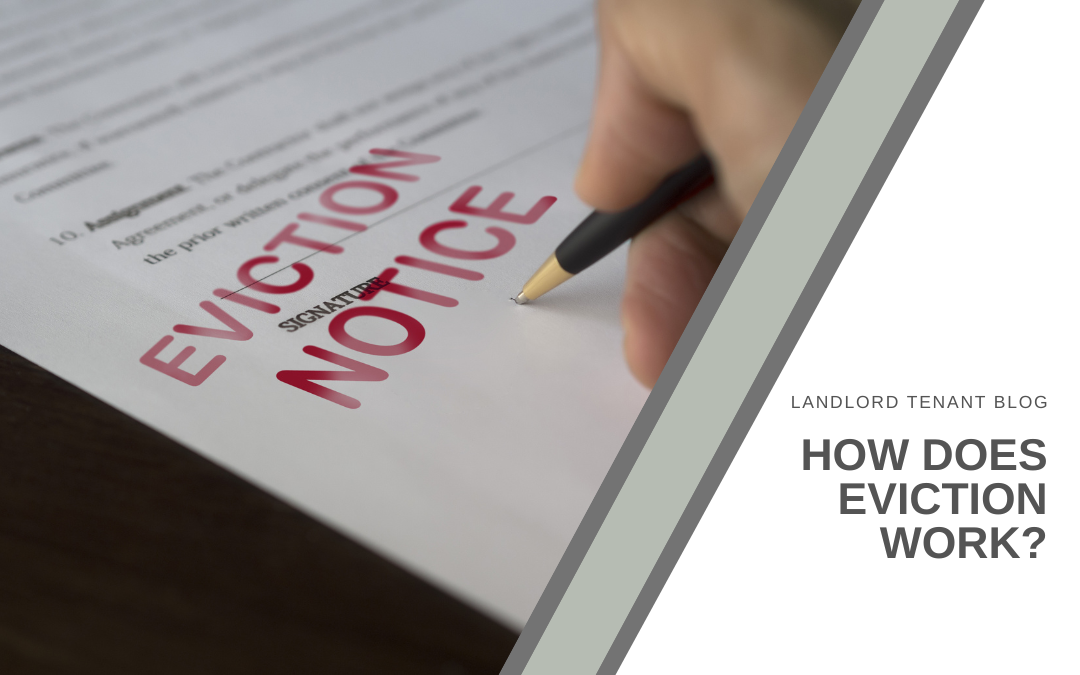The dictionary defines eviction as “the action of expelling someone, especially a tenant, from a property.” For a landlord, the eviction process can seem overwhelming, and while many landlords would prefer to find a resolution to a tenant issue, there are times when eviction is unavoidable.
Common Reasons for Eviction
The primary reason for eviction is rather intuitive, the tenant fails to pay rent in fullor at all. The landlord has the option of negotiating with the tenant, providing a payment, and guiding the tenant to local rent-support resources.
However, if the tenant continues to fail to pay, or if there are other violations of the lease, you as the landlord may be within your rights to evict the tenant.
According to the Legal Information Institute at Cornell University, landlords must have legally valid reasons to resort to eviction and must follow a defined process for executing an eviction. In its simplest form, an eviction requires legal notice, an option for resolution, and defined actions if a resolution is not achieved in a legally acceptable time frame.
According to Apartmentguide.com, there are common reasons for evictions other than non-payment. These include violations of the law, possession, and condition of the property, such as:
Not vacating the property once the lease is complete
Most often, the tenant ceases to make rent payments while still occupying the property. In some instances, the tenant remains and continues to submit payments even though the official lease period has ended.
When this happens, the landlord may choose to accept payments and accept a “hold-over tenant’ status. However, the landlord is not obligated to accept payment and may choose to take legal steps to have the tenant removed from the property.
Criminal activity can also trigger an eviction process
If a landlord can prove that the tenant is involved in violating the law, a court is likely to approve an eviction order. Drug possession, theft, domestic abuse, illegal weapons, etc., can result in the lease being terminated and the tenants being removed from the property.
Other reasons include unauthorized residents, subleasing (when forbidden), unauthorized pets, damage to the property, and violation of community standards.


